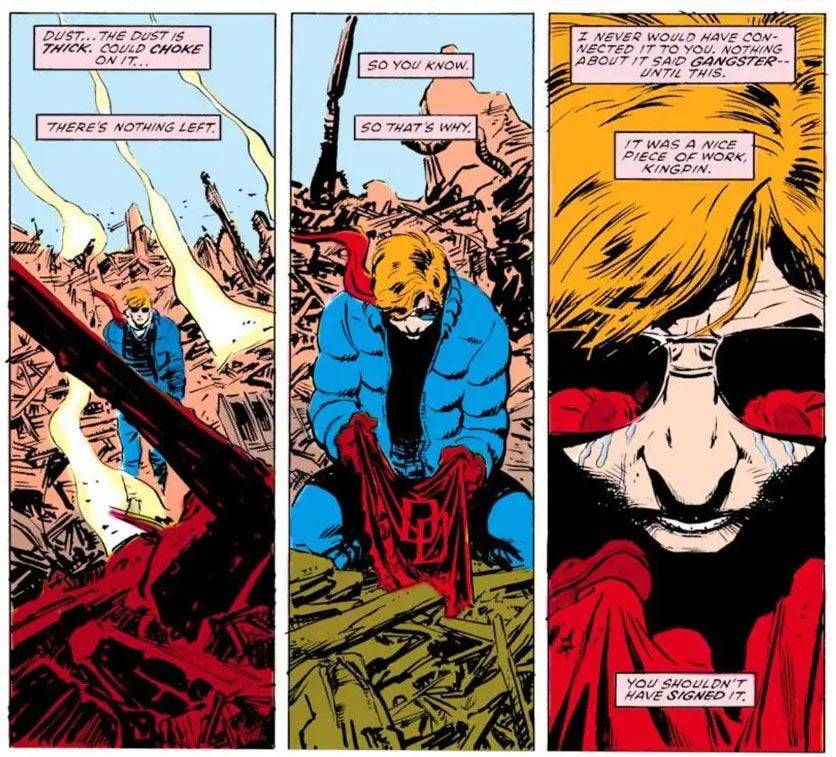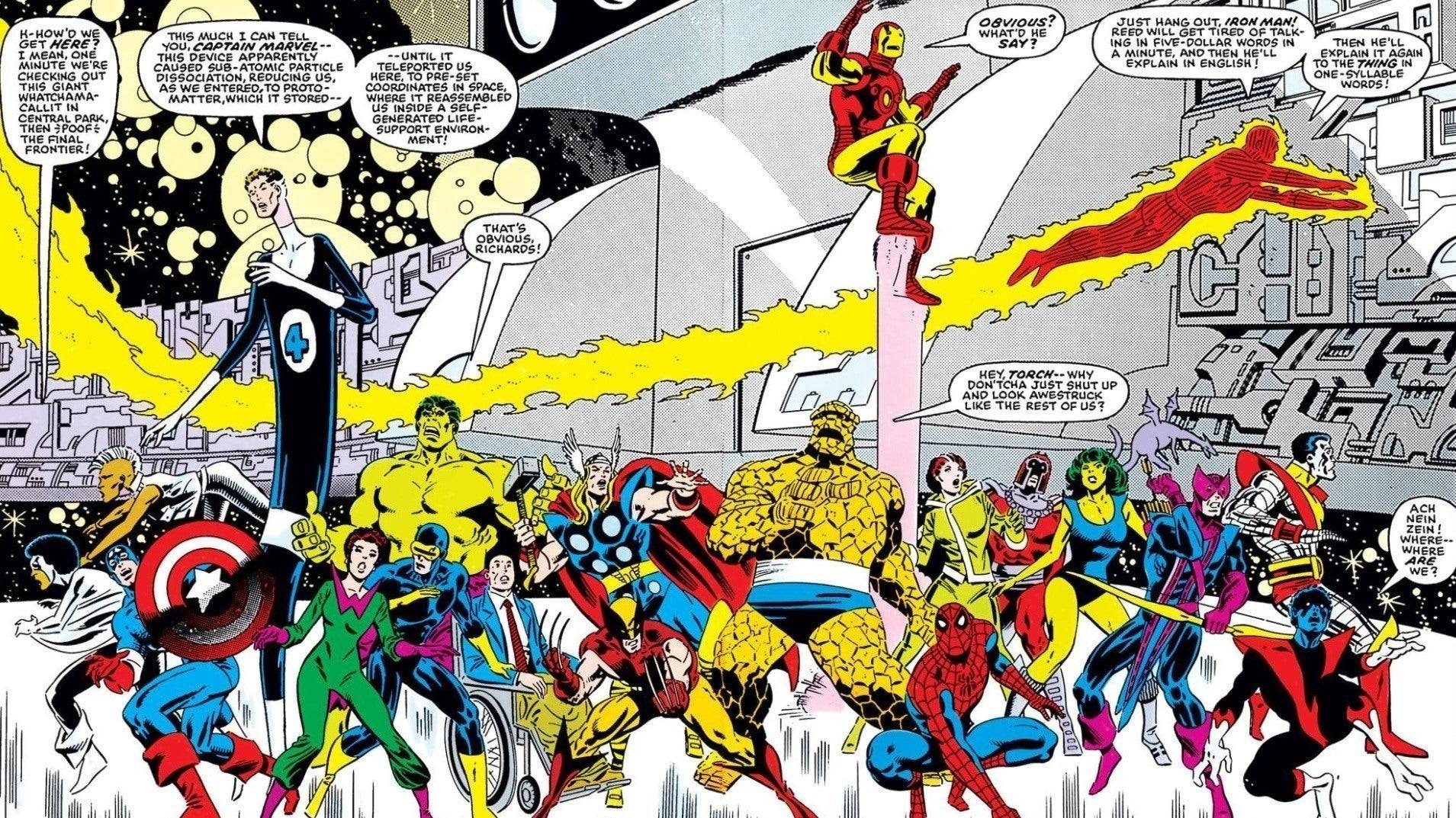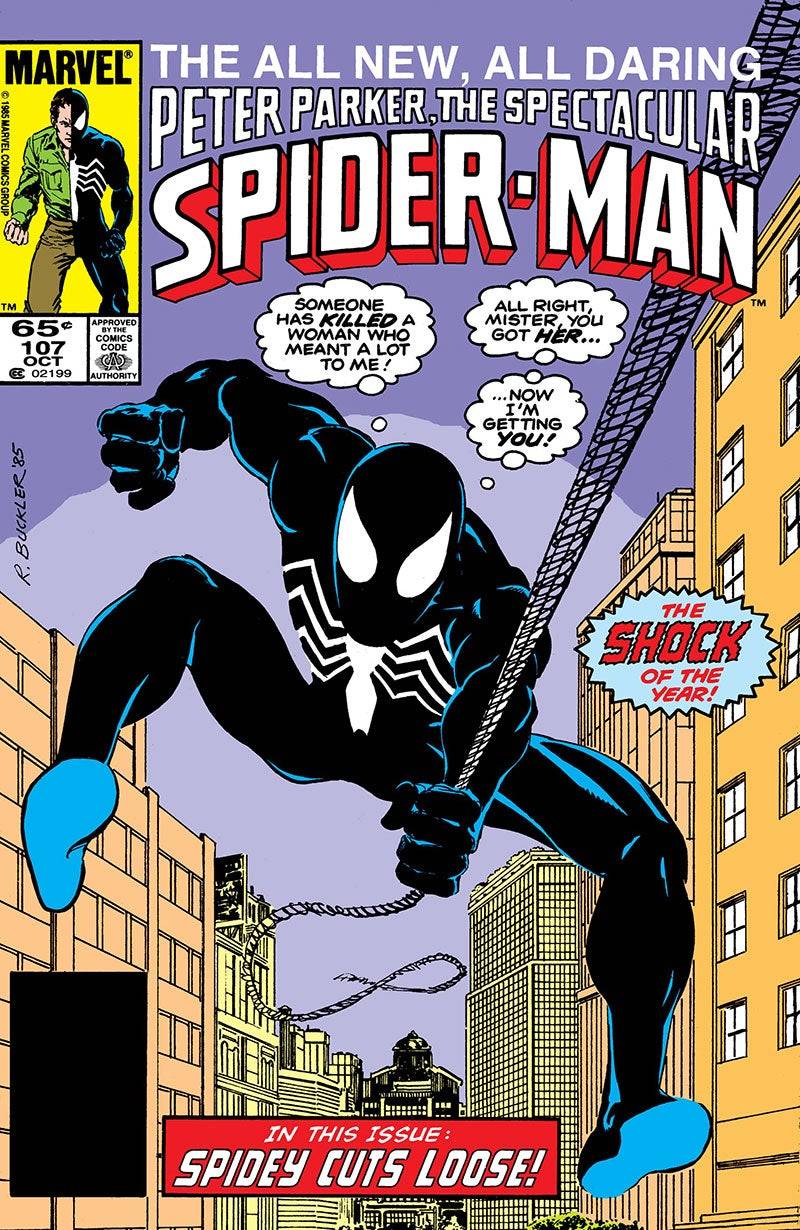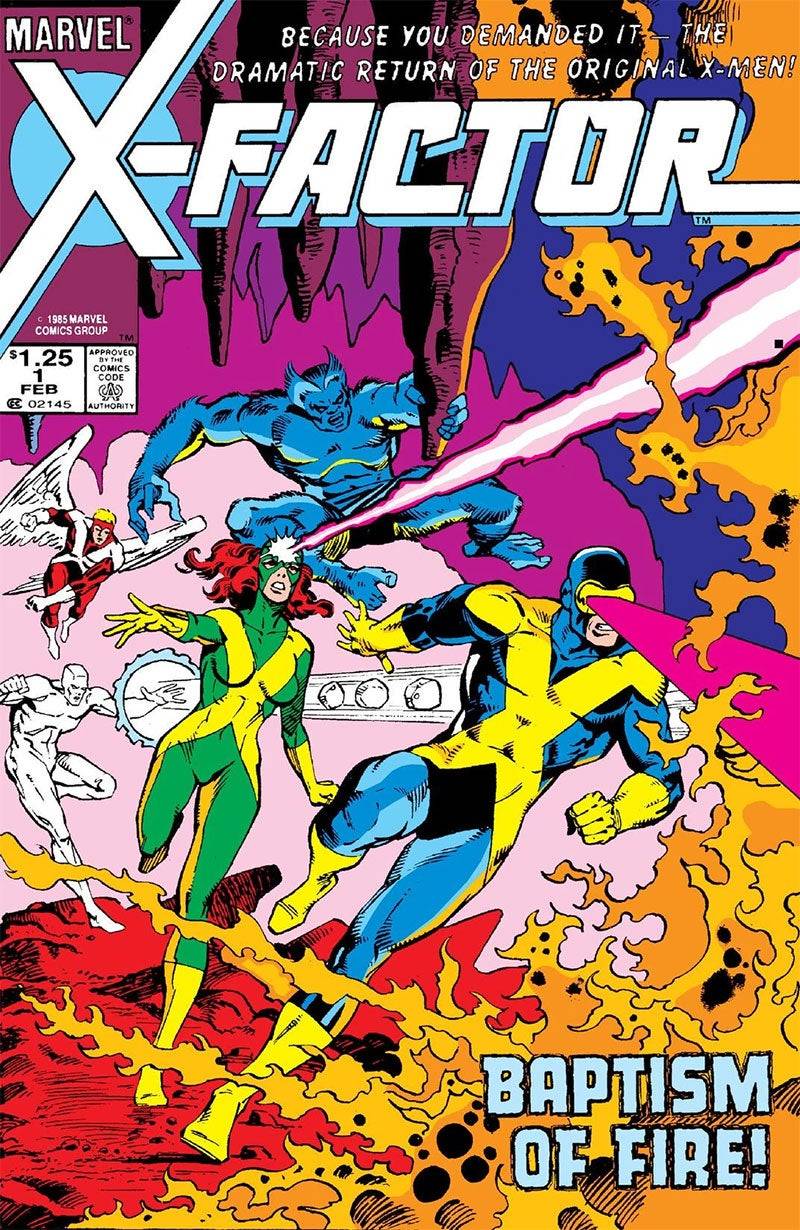by David May 14,2025
The mid-1980s marked a golden era for Marvel Comics, both creatively and commercially. After navigating the financial turbulence of the late '70s—bolstered significantly by the success of Star Wars—Marvel was poised to revolutionize the comic book industry with the groundbreaking 1984 release of Secret Wars. This landmark event not only reshaped the Marvel Universe but also set a new standard for storytelling in comics. Its impact was profound, steering Marvel's iconic heroes and villains into uncharted territories that would influence the industry for years to come.
This period also saw the emergence of other legendary narratives, including Frank Miller's Born Again arc in Daredevil, the dramatic return of Jean Grey in X-Factor, and Walt Simonson's epic Surtur Saga in Thor. These stories, among others, would define the era and leave a lasting legacy on Marvel's storytelling. In this installment, Part 8 of our series, we delve into these pivotal narratives and other significant developments from this time. Join us as we explore the essential issues that shaped Marvel's history.
1961-1963 - The Birth of a Universe
1964-1965 - The Sentinels Are Born and Cap Dethaws
1966-1969 - How Galactus Changed Marvel Forever
1970-1973 - The Night Gwen Stacy Died
1974-1976 - The Punisher Begins His War on Crime
1977-1979 - Star Wars Saves Marvel From Bankruptcy
1980-1982 - Did the Dark Phoenix Saga Usher in the Greatest Decade for Marvel?
For fans seeking the pinnacle of storytelling from this period, Frank Miller's return to Daredevil with Born Again stands out. Spanning Daredevil #227-233, and illustrated by David Mazzuchelli, this arc is often hailed as the definitive Daredevil story. It follows the harrowing descent of Matt Murdock after his secret identity is exposed by Kingpin, following Karen Page's desperate act of selling it for heroin. Stripped of everything, Matt's journey to reclaim his life and identity, culminating in his resurgence as Daredevil, is a riveting tale of redemption. Kingpin's obsession with destroying Murdock adds a layer of intense drama. This story inspired Season 3 of Netflix’s Daredevil and is the basis for the upcoming Disney+ series Daredevil: Born Again.
 Daredevil: Born Again
Daredevil: Born Again
Meanwhile, Walt Simonson's tenure on Thor, starting with issue #337 in 1983, brought a new dimension to the character with the introduction of Beta Ray Bill and a return to Thor's mythic roots. His crowning achievement, the Surtur Saga from #340-353, is a year-long epic where Thor battles the fire demon Surtur and his agent Malekith the Accursed, striving to prevent Ragnarok. The saga's climactic battle, featuring Thor, Loki, and Odin against Surtur, remains a high point in Thor's comic history. Elements of this saga were adapted into Thor: The Dark World and Thor: Ragnarok.
As discussed in Part 4 of this series, the groundwork for the event crossover was laid with 1973's Avengers/Defenders War. A decade later, this concept fully materialized with the 1984 release of Secret Wars, a 12-issue miniseries crafted by then Editor-in-Chief Jim Shooter and illustrated by Mike Zeck and Bob Layton. Conceived as a marketing tie-in with Mattel for a new toy line, the story revolves around the Beyonder, who transports heroes and villains to Battleworld to battle over the supremacy of good versus evil. While the series is renowned for its large cast and significant impact on the Marvel Universe, it is often critiqued for its focus on action over character development. Nonetheless, Secret Wars laid the foundation for the event model that would dominate comic publishing. Its sequel, Secret Wars II, and the concurrent Crisis on Infinite Earths at DC solidified the event-driven approach in the industry.
 Secret Wars #1
Secret Wars #1
Following the foundational runs by Stan Lee and Gerry Conway, Amazing Spider-Man found new vigor with Roger Stern's arrival in issue #224. Stern's tenure saw the introduction of the Hobgoblin in #238, adding a formidable new adversary to Spider-Man's rogues gallery. His original Hobgoblin saga, though cut short by his departure after #251, remains a compelling narrative, later revisited in the 1997 miniseries Spider-Man: Hobgoblin Lives.
Just as Stern left, Amazing Spider-Man #252 introduced the iconic black symbiote costume, which would later spawn one of Spider-Man's most popular villains. Originating in Secret Wars #8, the symbiote's debut marked the beginning of a significant storyline that has been adapted across various media, including Spider-Man 3, animated series, and video games. Additionally, The Death of Jean DeWolff in Spectacular Spider-Man #107-110, penned by Peter David and illustrated by Rich Buckler, presented a darker, more intense Spider-Man narrative, focusing on his pursuit of the Sin-Eater and his clash with Daredevil.
 Spectacular Spider-Man #107
Spectacular Spider-Man #107
The mid-80s were equally transformative for Marvel's mutants. Vision and the Scarlet Witch #4 confirmed Magneto as the father of Quicksilver and Scarlet Witch, a revelation that shaped their narrative for decades. X-Men #171 saw Rogue's pivotal shift from villainy to heroism, cementing her as a beloved character. Magneto's transformation and subsequent leadership at Xavier's School in X-Men #200 further exemplified the era's dramatic shifts in character arcs.
The resurrection of Jean Grey in Avengers #263 and Fantastic Four #286, conceived by Kurt Busiek, marked her return to the Marvel Universe, leading to the formation of X-Factor with her fellow original X-Men. This period also introduced Apocalypse in X-Factor #5-6, crafted by Louise Simonson and Jackson Guice, who quickly became a central antagonist in the X-Men universe and a staple in various adaptations.
 X-Factor #1
X-Factor #1
"Clair Obscur: Expedition 33 Hits 1 Million Sales in 3 Days"
Roblox Deep Descent: January 2025 Codes Revealed
Ragnarok V: Returns Beginner's Guide - Classes, Controls, Quests, Gameplay Explained
How to Feed Villagers in Necesse
Bitlife: How to Complete the Renaissance Challenge
"Ōkami 2: Capcom, Kamiya, and Machine Head Discuss Sequel in Exclusive Interview"
Bahiti Hero Guide: Mastering the Epic Marksman in Whiteout Survival
Top 10 Liam Neeson Films Ranked